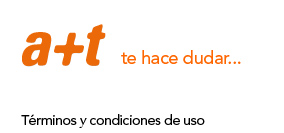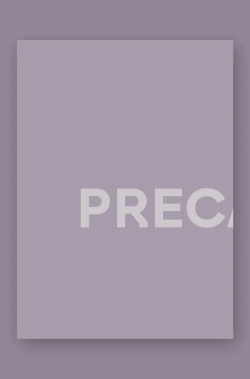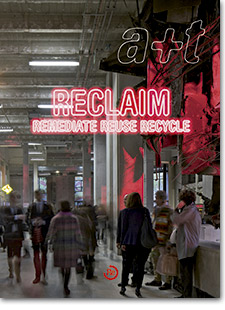
RECLAIM Remediate Reuse Recycle
a+t 39-40
ISSN 1132-6409
ISBN 978-84-615-6020-2
312 Páginas
Inglés/Español (23.5 x 32 cm)
Versión impresa: 49.00 €
Versión online: 22.00 € Cómo leer las versiones online
Impresa + online: 52.00 € Cómo leer las versiones online
Seleccione la versión
- Versión impresa: 49.00 €
- Versión online: 22.00 €
- Impresa + online: 52.00 €
- Cómo leer las versiones online
Destino
Calcule los gastos de envío para esta publicación a su país
También puedes acceder a esta publicación suscribiéndote a a+t Biblioteca Online
 El volumen Reclaim - Remediate Reuse Recycle interpreta y compara las actuaciones sobre lo existente extraídas de los proyectos y las clasifica en tres procesos Re-:
El volumen Reclaim - Remediate Reuse Recycle interpreta y compara las actuaciones sobre lo existente extraídas de los proyectos y las clasifica en tres procesos Re-:
Remediate: actuación sobre el territorio,
Reuse: actuación sobre el edificio,
Recycle: actuación sobre el material.
Con la inauguración de la serie Reclaim, a+t interpreta las obras objeto de análisis y ordena el discurso a partir de acciones Re-, convirtiéndolas en un corpus de conocimiento aplicable a cualquier proyecto.
Reclaim tiene el sentido ecológico de recuperar el territorio, los objetos, las infraestructuras y los materiales, pero también es una llamada para recobrar la dignidad y los derechos ciudadanos. Es un toque de atención para la recuperación moral de la sociedad a través de los procesos Re- como expiación.
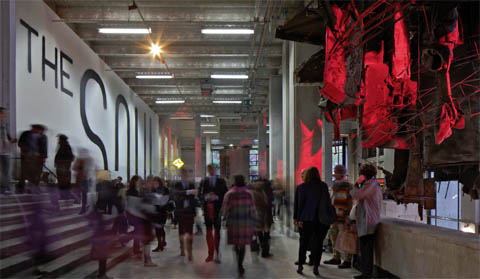
Extracto del artículo de Javier Mozas en este número:
"... En Occidente, la principal tarea de la práctica arquitectónica se centra en este momento en trabajar sobre lo existente. Numerosas ciudades europeas y americanas se ven obligadas a menguar su talla, a rellenar los huecos vacantes y a renovar los tejidos obsoletos de sus zonas periféricas. Los crecimientos urbanos planteados ex novo son cada vez menos frecuentes y es raro encontrar a un arquitecto que no se enfrente diariamente a situaciones que le exijan aprovechar tejidos urbanos, infraestructuras, construcciones y materiales encontrados..."

Extracto del artículo de David Goodman en este número:
"... Esta serie, de la cual este volumen es el primero, tratará fundamentalmente de las sobras, remanentes y residuos. En muchos casos las técnicas subyacentes y los argumentos son similares a los descritos en los párrafos anteriores. Permanecemos en el ámbito de lo táctico, del trabajo en los márgenes y del compromiso directo. Pero en algunos casos, estas técnicas y argumentos han sido utilizados sin la intervención del arquitecto. El trabajo ha sido concebido e implementado directamente por las partes implicadas. Como consecuencia, nos enfrentamos al que quizás sea el más extremo resultado de esta clase de trabajo: la completa desaparición de la figura del arquitecto y la supresión del proyecto arquitectónico y disciplinar en favor de la acción directa..."
RESEÑAS
"El diseño, la maquetación y la calidad de la presentación son excepcionales". John Hill, A Daily Dose of Architecture







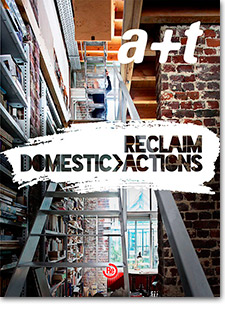
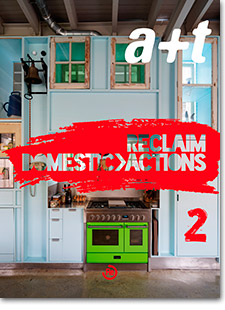

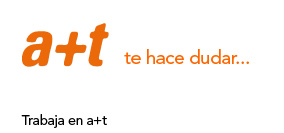

 He leído y acepto las
He leído y acepto las 